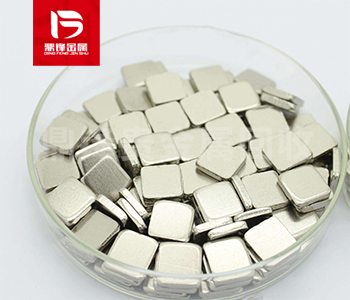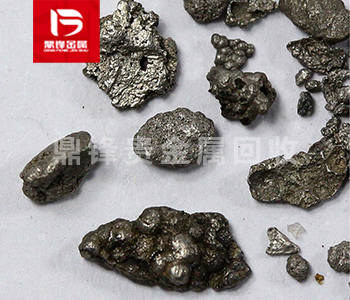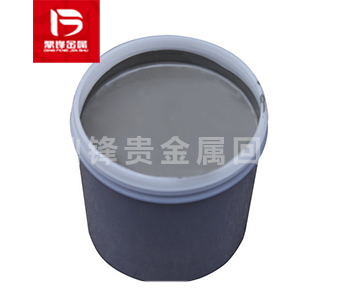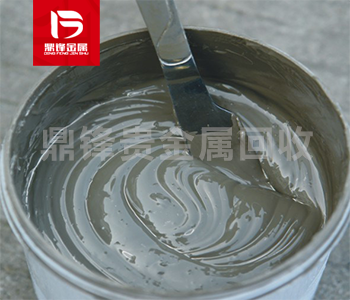Recovery of Palladium on carbon: a new way to effectively utilize valuable resources
With the rapid development of global industry, the demand for industrial resources in the industry is increasing. Among them, precious metals, as an important industrial raw material, play an irreplac
With the rapid development of global industry, the demand for industrial resources in the industry is increasing. Among them, precious metals, as an important industrial raw material, play an irreplaceable role in many industries. As a common noble metal catalyst, Palladium on carbon has been widely used in various chemical reactions, such as petrochemical, pharmaceutical and other industries. However, with the extensive use of Palladium on carbon, the demand for palladium is increasing, and the shortage of resources is becoming increasingly serious. Therefore, the recovery of Palladium on carbon is becoming more and more important.
1、 The role of Palladium on carbon
The Palladium on carbon is composed of the active component palladium and the carrier active carbon. Palladium has excellent catalytic performance, while activated carbon has a high specific surface area, which can provide a large number of supports for palladium. This makes Palladium on carbon have the advantages of high activity, high selectivity and high stability in chemical reactions. Palladium on carbon is widely used in all walks of life. For example, in the purification of automobile exhaust, Palladium on carbon can effectively reduce the emissions of toxic and harmful gases; In the petrochemical industry, Palladium on carbon is used in Committed step such as hydrogenation and cracking in the refining process to improve the quality of petroleum products; In the pharmaceutical industry, Palladium on carbon is used to catalyze the synthesis of many important pharmaceutical intermediates.
2、 Importance of recovery of Palladium on carbon
Due to the Scarcity and high value of palladium, the recovery and utilization of Palladium on carbon has great economic value. In addition, with the increasingly strict environmental regulations, enterprises need to properly dispose of waste catalysts to reduce environmental pollution. Therefore, the recovery of Palladium on carbon is not only helpful to alleviate the resource shortage, but also helpful to reduce the environmental protection costs of enterprises.

3、 Recovery technology of Palladium on carbon
1. Chemical leaching: chemical leaching is a relatively mature recovery method of Palladium on carbon. First, waste Palladium on carbon is mixed with acid or alkali solution of moderate concentration to leach palladium from activated carbon through chemical reaction. Then, palladium salt is separated through steps such as precipitation and filtration, and then metal palladium is obtained through processes such as reduction and smelting. This method is simple to operate and has a lower cost, but it may generate more pollutants such as waste liquid and exhaust gas. 2. Pyrolysis: the pyrolysis method is to use the high-temperature oxidation environment to decompose the organic matter in the Palladium on carbon to separate palladium from activated carbon. First, the waste Palladium on carbon is heated in a high-temperature furnace to make the activated carbon burn to generate CO2 and water vapor. Subsequently, the metal palladium is collected and purified through processes such as cooling and filtration. This method does not require the use of chemical reagents, has less pollution, but consumes more energy. 3. Bioleaching: Bioleaching is a new recovery method of Palladium on carbon. Utilize microorganisms such as sulfate reducing bacteria to leach palladium from activated carbon. This method is environmentally friendly and cost-effective, but has high requirements for microorganisms and leaching conditions, and relatively low recovery efficiency.
Recovery of Palladium on carbon is a new way to effectively utilize valuable resources. By researching and developing more advanced recycling technologies, enterprises can create greater economic value while protecting the environment.
&Quot; Dingfeng Precious Metals Recycling includes precious metals such as gold, silver, palladium, rhodium, platinum, germanium, iridium, ruthenium, etc. This is our business in precious metal recycling. If you have precious metals such as gold, silver, palladium, rhodium, platinum, germanium, iridium, ruthenium that need to be recycled, please contact us and we will provide you with a satisfactory price& Quot;










